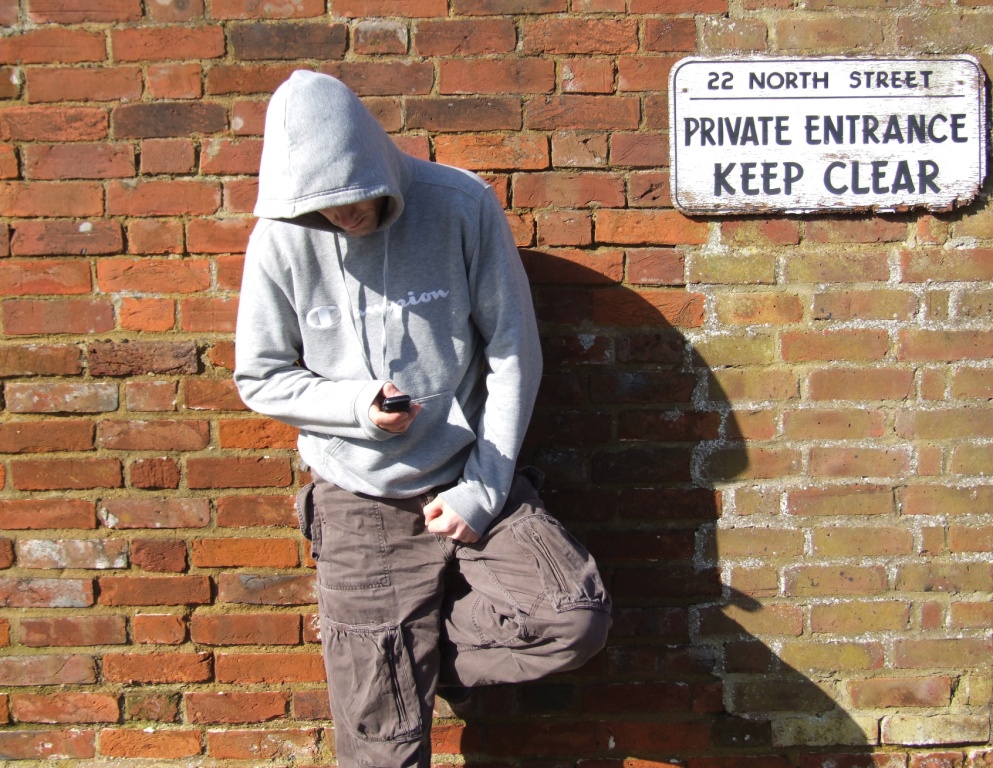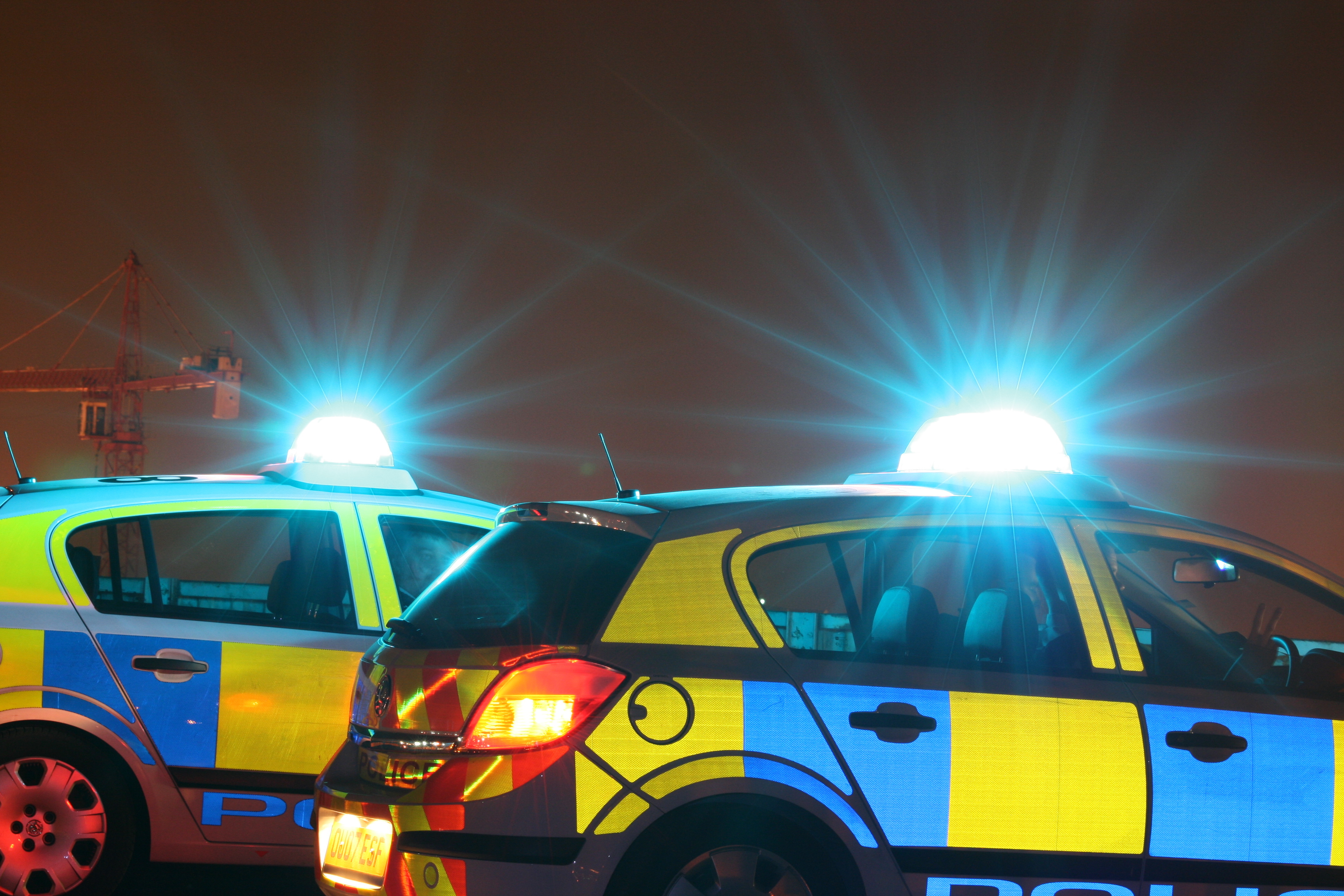Gangs and serious organised crime groups are increasingly targeting vulnerable people, including children and young people to become involved in drug trafficking and other kinds of illegal activities. Police and local authorities assisted by third sector and charity partners are trying to stem the flow of vulnerable people leaving towns and cities and travelling elsewhere in the UK as part of a wider network of organised crime and exploitation. The aim is to break the chain of supply which is seeing organised crime move away from our inner cities to rural and coastal communities across the UK. From London to Liverpool, Glasgow to Cardiff, county lines practices have been growing, and solutions to prevent vulnerable people being targeted are needed urgently across the whole of the UK.
A growing emergency across the UK
Figures have shown a significant rise in the number of drug-related deaths across communities in the UK, with a significant rise in deaths among young people and among those in rural communities. While drug problems are widely considered an urban, inner-city issue, increasingly communities in rural and coastal areas are struggling with drug-related crime and deaths as new markets and channels for moving drugs across the country are opened up by organised crime groups and gangs.
Research has shown that, unlike in previous decades, these are not just the result of social, ad hoc sharing and transporting of drugs, but strategic and coordinated networks designed specifically to open new markets for drugs beyond city centres and expose more communities to markets of illicit materials, including drugs. The National Crime Agency (NCA) reports that the main driver of this “county lines” practice is fundamentally the demand and supply of controlled substances within the UK and the opportunity of “new” drug markets to make significant amounts of money. Analysis from the NCA indicates that an individual line can make profits in excess of £80,000 per year and can make thousands of pounds of profit from one single trip.
An easy target
One of the defining features now recognised as a key part of county lines drug trafficking is the exploitation of vulnerable and socially excluded people.This offers a degree of safety for those at the top of the network who avoid getting their hands dirty by delegating work to those further down the chain. Vulnerable groups, such as the homeless, care leavers or young people from disadvantaged backgrounds, are identified by county lines groups both as a target market for the drugs trade and for “recruitment”, involving them in the storage, transportation or selling of drugs in these new sites. This means that, on the whole, these groups are being disproportionately impacted. Many often don’t see themselves as victims or realise they have been groomed to get involved in criminality. Commentators and practitioners have stressed that an urgent and powerful response to safeguard these groups is needed.
A 2017 report from the Children’s Commissioner estimates there are at least 46,000 children in England who are involved in gang activity. It is estimated that around 4,000 teenagers in London alone are being exploited through child criminal exploitation or ‘county lines’. In March 2018, the Children’s Society published the second edition of Criminal exploitation and County Lines: A toolkit for working with children and young people. It summarised the risks to children and young people who become involved in county lines as including:
- physical injuries: risk of serious violence and death
- emotional and psychological trauma
- sexual violence: sexual assault, rape, indecent images being taken and shared as part of initiation/revenge/punishment, internally inserting drugs
- debt bondage – young people and families being ‘in debt’ to the exploiters; which is used to control the young person
- neglect and basic needs not being met
- living in unclean, dangerous and/or unhygienic environments
- tiredness and sleep deprivation: the child is expected to carry out criminal activities over long periods and through the night
- poor attendance and/or attainment at school/college/university
These challenges are also faced by other groups of vulnerable adults who are targeted in the same way. But while vulnerable children are subject to a compulsory referral process in relation to suspected exploitation, adults must consent to being referred, which research has suggested may be impacting the reported numbers of victims. This in turn indicates that the true number of vulnerable adults being exploited may be significantly higher.
Tackling county lines by working together
Partnership working between services which come into contact both with the county lines gangs and with the vulnerable people they exploit has been shown to be critical to facilitating an effective response and halting the spread and further development of county lines networks. However, it has also been highlighted that traditional approaches and mechanisms used to identify and safeguard vulnerable groups, particularly children, are no longer sufficient in the context of county lines child criminal exploitation (CCE), and that new guidance is needed to support practitioners in this field.
In September 2018 the National County Lines Coordination Centre was launched to crack down on drug gangs. The multi-agency team of experts from the National Crime Agency (NCA), police officers and regional organised crime units are working together, along with other partners in local areas, to build a national picture of the complexity and scale of the threat.
At a local level, pilot projects in several London boroughs, including Hackney, Islington and Lambeth and in other trial areas outside of London, such as Kent and Merseyside, have taken place. Evidence has shown that frontline services across the board play a key role in helping to identify and support those people at risk of exploitation from county lines gangs – not just police and prison service staff – but healthcare workers, social workers, teachers and youth work professionals from the public and third sectors. Working together as multi-agency partnerships, while challenging, results in the best outcomes and opportunities for intervention and support for children and vulnerable people who are at risk. It is essential that staff receive a high standard of training and that they themselves are given the time and resources needed to try and forge effective partnerships which in turn will help to identify and intervene with those at risk of gang exploitation more effectively and at an earlier stage.
Partnerships which include opportunities for staff training and guidance from third sector specialists like St Giles Trust and Safer London make use of the significant knowledge and experience held within the third sector and help local authorities to apply these to their own statutory responses. They also encourage the sharing of effective practice and knowledge on tackling exploitation across the whole of the UK, which is helping to create a more effective and joined-up approach to tackling child exploitation and the links to county lines practices. Maintaining this sharing of knowledge and skills across different sectors and professions will continue to be vital in helping to develop practice and responses that can react more effectively to exploitation in the future.
Providing a safe place and a route forward for victims of county lines exploitation
In a county lines context, better safeguarding and early intervention practices with vulnerable people serves a dual purpose: preventing the person involved being exploited and engaging in criminal activity; and disrupting the county lines operation, and subsequently the flow of illicit materials into our communities. The networks are, by their own design, elusive and hard to trace. Those involved are threatened and often trapped in roles within the network which they would otherwise be unable to escape on their own. Providing a safe space for these exploited people is an important first step in the process of tackling county lines and organised criminal networks.
Local authorities are working closely with partners to try and provide this support at a local and very personal level while trying to fit into the wider strategic process of the national response to county lines. These national and local responses are both vital in tackling county lines and the exploitation that comes with it.
TKE members can access more resources on County Lines via our website. If you are not a member, but would like more information on subscribing to TKE to gain access to more resources on a range of economic and social policy areas, get in touch with us to find out more.
If you enjoyed this article, you may also like to read:
Follow us on Twitter to see what topics are interesting our research team.
Share
Related Posts
By Donna Gardiner While free school meals (FSM) have been available in England on a means-tested basis since 1944, recent years have seen a renewed focus upon the potential benefits of providing free school meals to all school-aged children. Currently, ....
Today sees the start of Community Garden Week 2023. Across the UK, communities will be celebrating the many and varied types of community gardens, from children’s and neighbourhood gardens to therapy gardens and allotments. The benefits of community gardens are ....
By Hollie Wilson At the start of 2020, an independent review was published setting out what needed to be done to bring about changes to the care system for children and young people in Scotland. At the heart of the ....
By Hollie Wilson One of the biggest stories earlier this summer was the revelation by long-distance runner Sir Mo Farah that he was trafficked from his home in East Africa at the age of nine. In a BBC documentary, he ....


